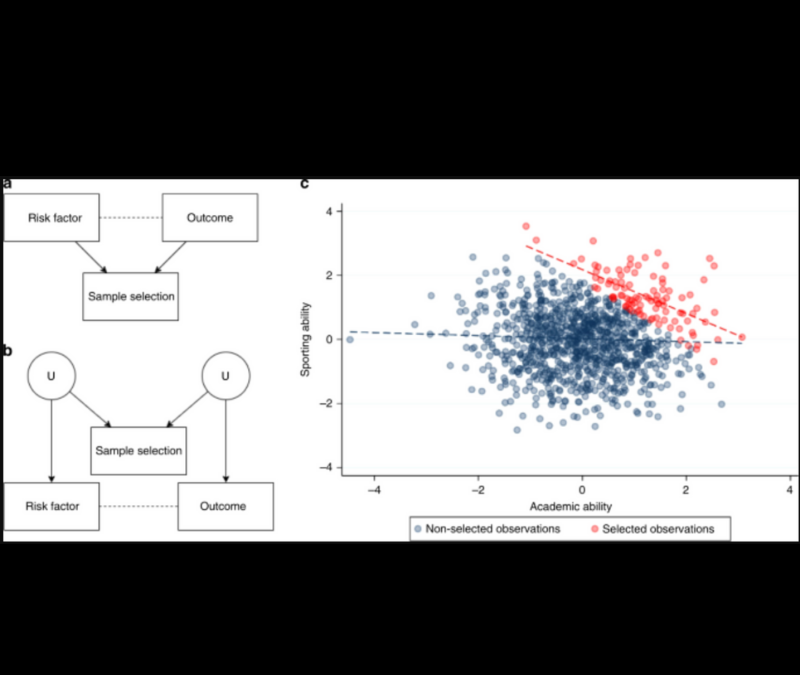Can one control for selection bias in analyses? Unfortunately selection bias is inherent to many studies, even the gold standard clinical trial designs, but these problems can be attempted to be controlled for in analyses. In COVID-19 research especially, there are selection bias issues related to selection of patients in studies, often the less sicker of patients and also those who are willing to volunteer. All these and other issues can cause selection bias in COVID-19 research. These inherent biases can have an effect on observational studies, but certainly clinical trials can have bias when they include patients who met all the exclusion and inclusion criteria, therefore potentially limiting the remaining sample to those who may not be as sick or who only have certain comorbidities.
The best way to control for selection bias is by randomly selecting patients or randomly allocating patients to groups. Clinical trials already randomly allocate patients so they at least handle selection bias in this aspect. If this cannot be controlled for or done then the next step may trying to handle in the analyses. This can be accomplished with weighting. Various types of weighting schemes for observational studies have been proposed in the literature over the years. In more recent literature, inverse probability weighting (IPW) have been proposed as being able to adjust for selection bias due to the nature of trying to make groups more similar based on observed characteristics. This IPW can occur in a propensity weighting mechanism or even structural equation modeling with weights.
Utilizing these methods in observational COVID-19 studies has been crucial to the development of this literature. While correcting after the fact for study design issues is never a perfect solution, in this realm, it became a handy tool for handling biases. In the case of these studies, often very little could have been controlled in the collection of such data.
Written by Usha Govindarajulu, PhD
